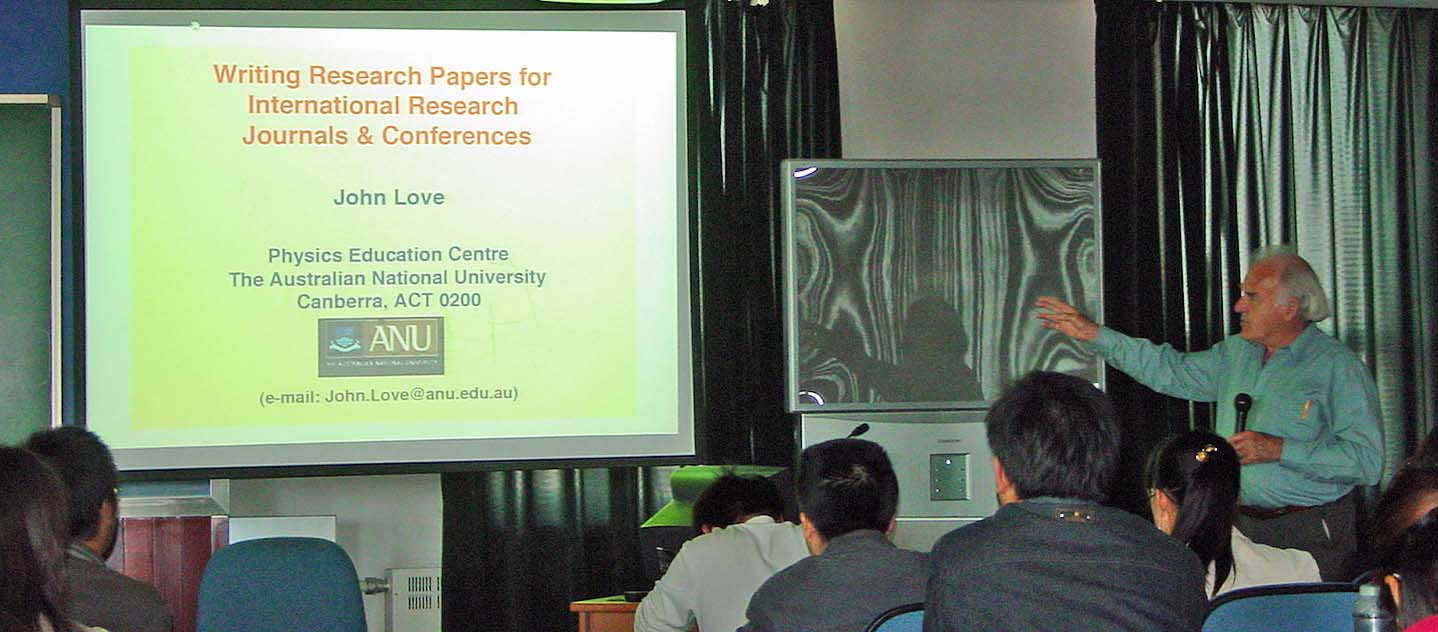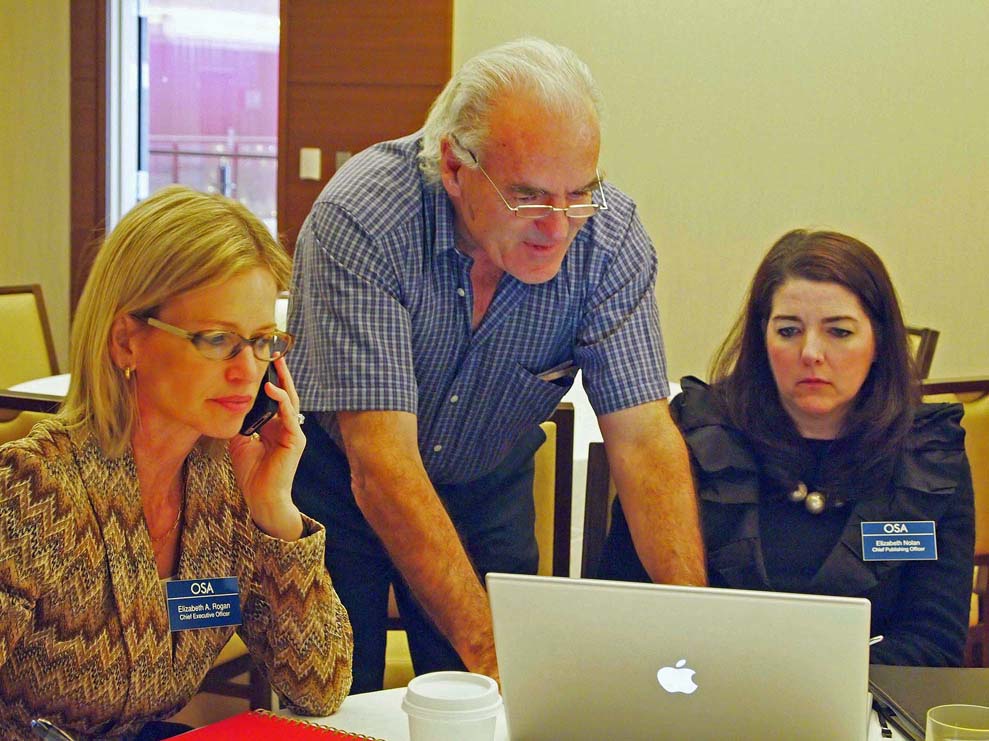

By Professor John Love,
The Australian National University
Canberra, Australia

I have visited China eight times over the last 27 years. The country, its people, culture and history continue to fascinate me, and I always look forward to my next visit to learn more both within and beyond the immediate academic horizon. My first visit to Changchun Institute of Optics, Fine Mechanics and Physics(CIOMP), Chinese Academy of Sciences(CAS)occurred in 2005 and, thanks to the generous hospitality of CIOMP and their staff, I have visited the city of Changchun nearly every year since.
Where it all started
In 2005 CIOMP hosted the 20th Congress of the International Commission for Optics. I had visited China in earlier years for photonics meetings in 1986 (Beijing) and 2004 (Chongqing) but I was overwhelmed both by the concentration of so many Chinese optics researchers working together at CIOMP and by the sheer scale of the main and ancillary buildings abutting Nanhu Road. Clearly China takes its optics very seriously! The research, development and commercialization of optics projects appeared well funded by CAS and commercial partners, an attribute many of my western colleagues would envy!
As well as presenting a paper to the Congress, I had a second mission in presenting a substantial case to the ICO Bureau proposing Sydney, Australia, as an appropriate venue for the 21st ICO Congress to be held in 2008. The bid was finally endorsed by the Bureau as well as by the Territorial Members of the ICO, so it was then up to me, my Australian academic colleagues and professional organizations to move arrangements forward in Australia for the 21st Congress, as of course we did.
With so many ICO delegates swelling the resident researcher and staff numbers at CIOMP, I was impressed at the organizational efficiency that impinged on every aspect of the Congress, ranging from the meeting and fare welling of overseas guests, the magnificent opening ceremonies, the large number of parallel sessions held in the main CIOMP building, and the magnificent Congress dinner and entertainment.
During the 2005 Congress, Professor Bai Yuhong from CIOMP oversaw the arrangements for the foreign delegates. I established an academic connection with her and invited Professor Bai to visit my home institution, the Australian National University in Canberra, in 2007 to promote the CIOMP research journals that she manages. To forge stronger links with leading Australian optics researchers, she also attended the annual Australian Conference on Optical Fibre Technology (ACOFT) and the biannual Australian Conference on Optics, Lasers and Spectroscopy (ACOLS), both held that year at the Royal Melbourne Institute of Technology University in the centre of Melbourne.
Growing Involvement with CIOMP
Following Professor Bai’ s visit to Australia, I was invited to visit CIOMP for a two-week period later in 2007 and was based in her editorial unit. This enabled me to meet and work with Professor Bai ’s co-editors. I was also able to help with the English language work in research papers and thereby helped speed up the editorial process. For the benefit of several hundred CIOMP research students, I gave a talk about the history and development of fibre optic communications, a subject I have now been studying for 40 years. I was impressed with the high English language ability of these students. Since 2009 I have visited CIOMP every year and have become more integrated into the overall editorial process.

In 2010 I was asked to give a talk on the art of preparing and writing research papers for submission to leading international optics journals and conferences, as an aid to the graduate students at CIOMP. The idea here was to enhance the value and broaden the international acceptance of their optics research.
About this time, CIOMP started a dialogue with the Optical Society of America (OSA) with a view to initiating a new high-level optics journal that would provide an additional and more nationally-focused outlet for the ever-increasing volume of world-class research in optics emerging from China. CIOMP had already hosted several successful summer schools in close collaboration with OSA, as well as meetings for members of OSA student chapters in China.

A. W. Snyder & J.D. Love, Optical Waveguide Theory,
English Edition - Chapman & Hall, London, 1984
Chinese Edition - Peoples' Post & Telecommunications Publishing Co, Beijing, 1991.